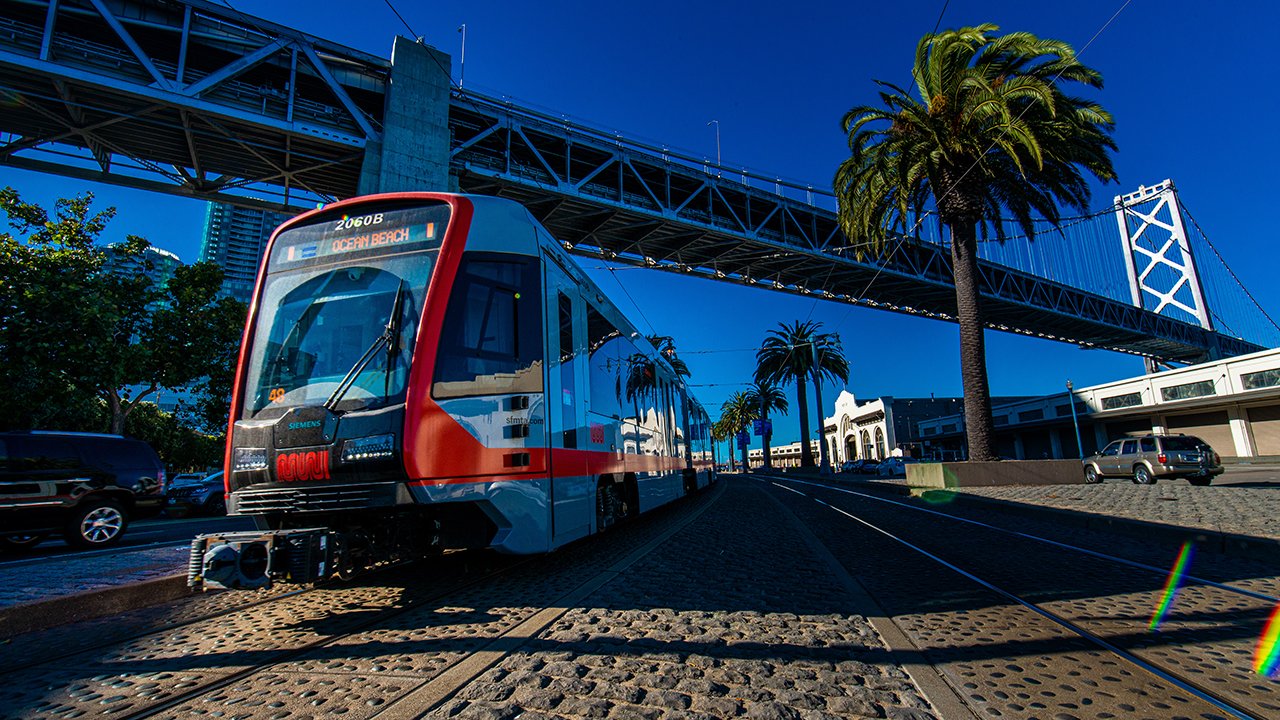Close

Guyana’s transportation sector is on the cusp of transformation as discussions deepen around the development of a railway and tram system to complement ongoing road expansion projects. While new highways, bypasses, and bridges have been major features of recent infrastructure drives, policymakers are signalling that a modern, multi-modal transit network is essential to meet the demands of a growing population and economy (Government of Guyana, Infrastructure Plan).
Rail and tram systems could offer solutions to some of the persistent challenges in urban and regional mobility, such as congestion, long travel times, and high vehicle operating costs. In Georgetown and surrounding areas, traffic bottlenecks have become an increasing problem due to population growth and the rise in vehicle ownership. A tram system could relieve urban congestion by offering a reliable, predictable, and environmentally friendly alternative for daily commuting (Ministry of Public Works Report).
Beyond the city, a railway network connecting major towns, ports, and resource-rich hinterlands would reduce logistical bottlenecks and enhance trade competitiveness. For the agricultural and mining sectors, improved rail connectivity would lower freight costs and reduce wear on roads, while enabling safer, more efficient movement of goods (Guyana National Development Strategy). There is also growing recognition that modern transport infrastructure must support sustainable development. Railways and trams produce fewer emissions per passenger or tonne of freight compared to road transport, aligning with goals for climate resilience and environmental responsibility (United Nations Sustainable Transport Policy).
Investment in these systems would also create significant employment during planning, construction, and operation phases. Skills transfer and technology partnerships with international firms could strengthen local capacity in engineering, project management, and maintenance (Caribbean Development Bank Analysis). Meanwhile, the tourism industry stands to benefit from more comfortable and scenic overland connections, making it easier for visitors to explore Guyana’s diverse regions (Guyana Tourism Authority Strategic Plan).
Importantly, the proposal for a railway and tram system is seen as a continuation of the government’s broader development strategy, which includes road construction, bridge rehabilitation, and airport upgrades. Instead of viewing road and rail as competing priorities, planners are promoting an integrated approach where different modes complement one another to deliver efficient, safe, and inclusive mobility for all (Government of Guyana, Infrastructure Plan).
While formal studies, feasibility analyses, and funding models are still being developed, the conversation about railways and trams signals a shift toward long-term, strategic planning in Guyana’s transport sector. By investing not only in roads but in rail and urban transit, the country is laying the groundwork for a modern, resilient, and people-centred infrastructure system that can support sustained economic growth and improve quality of life for its citizens.

The Guyana Project is an independent media platform delivering fact-checked, ground-level reporting on politics, economy, and public life in Guyana. With a focus on transparency and development, we bring unfiltered news and thoughtful analysis to help shape a more informed, forward-looking nation.


Lorem Ipsum is simply dummy text of the printing and typesetting industry. Lorem Ipsum has been the industry’s standard dummy text ever since the 1500s, when an unknown printer took a galley of type and scrambled it to make a type specimen book. It has survived not only five centuries, but also the leap into electronic typesetting, remaining essentially unchanged. It was popularised in the 1960s with the release of Letraset sheets containing Lorem Ipsum passages, and more recently with desktop publishing software like Aldus PageMaker including versions of Lorem Ipsum.
t is a long established fact that a reader will be distracted by the readable content of a page when looking at its layout. The point of using Lorem Ipsum is that it has a more-or-less normal distribution of letters, as opposed to using ‘Content here, content here’, making it look like readable English. Many desktop publishing packages and web page editors now use Lorem Ipsum as their default model text, and a search for ‘lorem ipsum’ will uncover many web sites still in their infancy. Various versions have evolved over the years, sometimes by accident, sometimes on purpose (injected humour and the like).
Contrary to popular belief, Lorem Ipsum is not simply random text. It has roots in a piece of classical Latin literature from 45 BC, making it over 2000 years old. Richard McClintock, a Latin professor at Hampden-Sydney College in Virginia, looked up one of the more obscure Latin words, consectetur, from a Lorem Ipsum passage, and going through the cites of the word in classical literature, discovered the undoubtable source. Lorem Ipsum comes from sections 1.10.32 and 1.10.33 of “de Finibus Bonorum et Malorum” (The Extremes of Good and Evil) by Cicero, written in 45 BC. This book is a treatise on the theory of ethics, very popular during the Renaissance. The first line of Lorem Ipsum, “Lorem ipsum dolor sit amet..”, comes from a line in section 1.10.32.